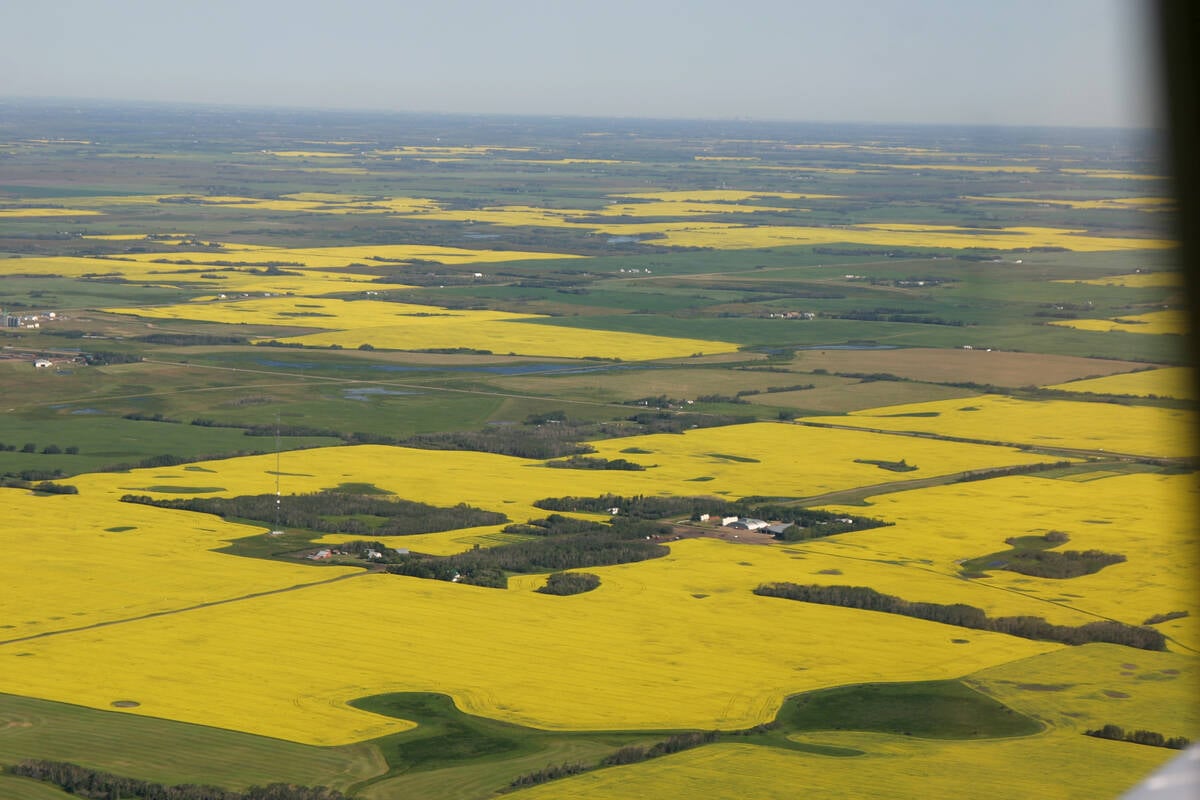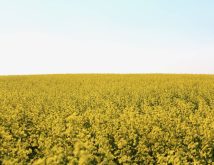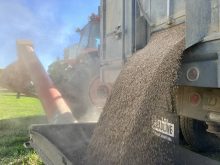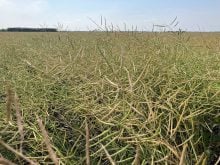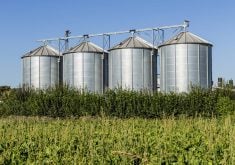Eight people are out of work after the Canola Council of Canada realigned its priorities and released a new strategic plan.
The council announced its new five-year strategic framework July 31, and a field-based agronomy team is not part of it. Instead, the council will focus on trade and market access.
WHY IT MATTERS: Manitoba farmers planted over three million acres (1.23 million hectares) of canola in 2025.
Board vice-president Dean Roberts said the need for information now is different than in the past.
Read Also

Manitoba canola embattled by verticillium
Verticillium stripe pressure has been growing in Manitoba, and canola farmers still have precious few tools to protect their crop from the disease.
“The industry has evolved. We have stable acreage. We have a lot of growers who really know how to grow the crop well,” he said from his Kindersley, Sask., farm.
He said the council website contains all the information from previous agronomic work on its website. Growers will still have access to that, as well as to the canola growers’ encyclopedia, but it’s time to focus on the future rather than in-season production risks, he said.
He expects growers will be able to get agronomic information from retailers, independent agronomists, provincial agriculture departments and others.
Roberts said the council will maintain agronomic capacity to look at broad issues about which specific markets may have market access concerns and will still support the industry and production.
The new framework comes after about 18 months of strategic planning with members and stakeholders. Roberts said the previous plan dated back about 10 years and had goals of increasing production and processing.
Those have been reached. Seeded acreage is a consistent 22 million acres each year and processing capacity will be 14 million tonnes by 2026, up from 11.4 million tonnes in 2024.
However, the world is a different place post-COVID and now faces an uncertain trade environment, Roberts said.
“Our board really aligned on trade and market access being a big challenge for canola moving forward, so consequently we had best prioritize it for our national council to make sure our markets stay open,” he said.
The council will double down on priorities around innovation and market access, amplifying the value of canola and science-based crop innovation to strengthen Canada’s ability to meet global demand.
Roberts said focusing on advocacy work with the federal government is critical because many trade issues do come down to politics within other countries.
“We need to keep our markets open. We need to keep the product flowing and we need that certainty,” he said.
The framework identifies three core priorities:
• Increasing the volume of canola to meet domestic and international needs.
• Increasing the economic value of canola by developing and defending markets.
• Delivering continued value to members.
Staff resources will be reallocated to align with these new priorities.
In a news release, chief executive officer Chris Davison said he looked forward to developing the implementation plans that will make the framework operational. It builds on a strong foundation that has made Canadian canola a global leader, he added.

